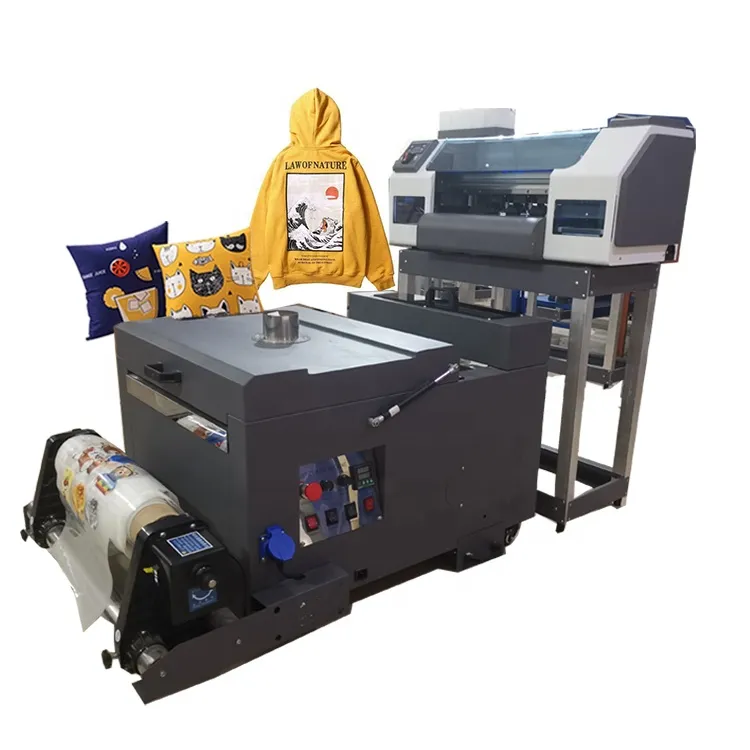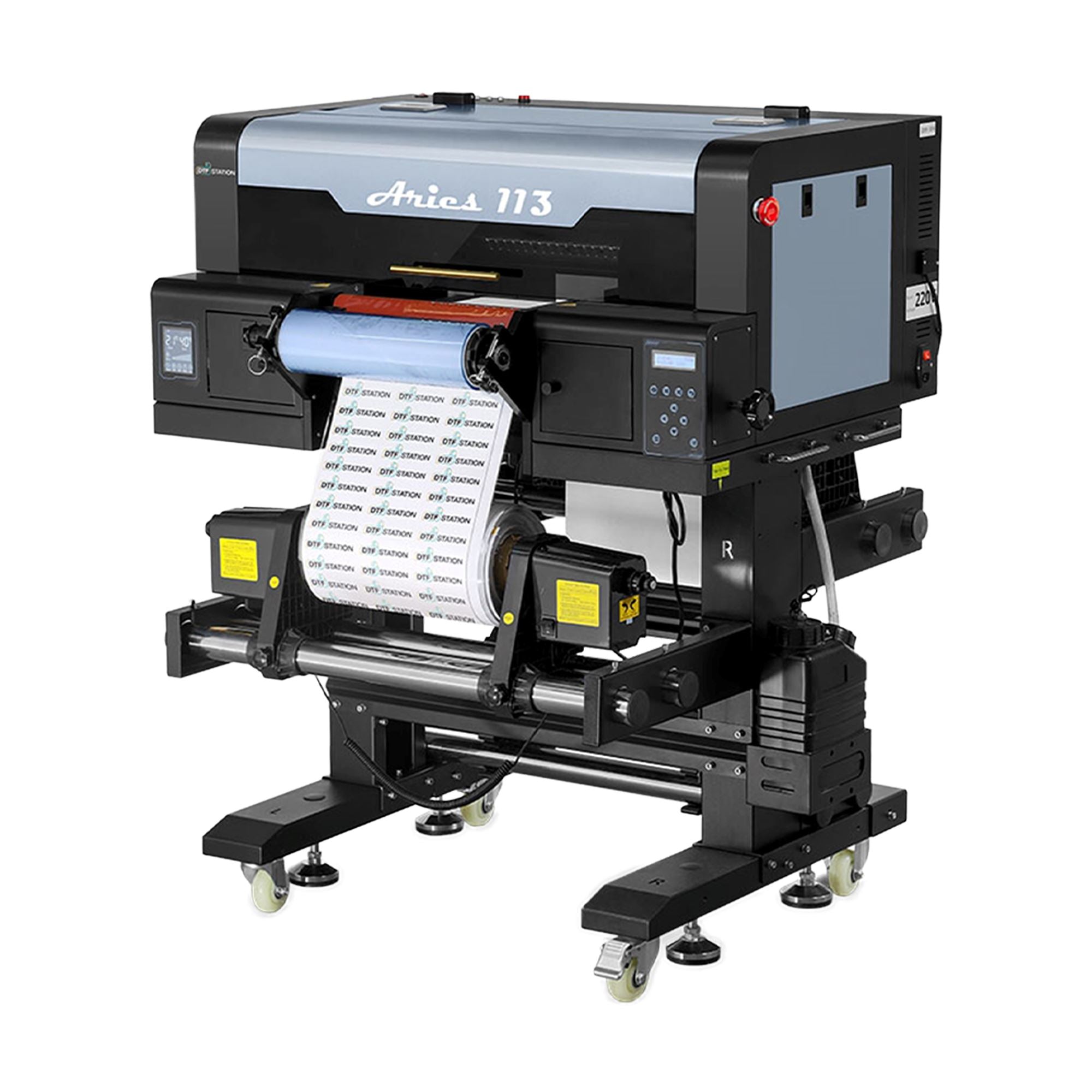DTF Printing Mastery: Elevate Your Textile Creations with Direct-to-Film Technology
DTF Printing Mastery: Elevate Your Textile Creations with Direct-to-Film Technology
Blog Article
The Future of Style: Exploring DTF Printing Modern Technology in the Textile Market
In recent times, the fabric industry has actually witnessed a significant change towards cutting-edge innovations that are improving the landscape of fashion manufacturing. Among these innovations, Direct to Movie (DTF) printing technology has actually become an appealing challenger, offering special capabilities and chances for developers and producers alike. This sophisticated printing method has triggered interest because of its possible to revolutionize standard fabric printing processes. As we explore the effects and possibilities of DTF innovation in the world of fashion, it becomes obvious that its assimilation could redefine market requirements and lead the way for a new age of imaginative expression and performance.
Evolution of Textile Printing
From the old people utilizing techniques like block printing to the electronic transformation of today, textile printing has actually constantly pushed borders. As the craft spread to other components of the globe, new approaches such as screen printing and roller printing arised throughout the Industrial Revolution, changing the textile industry.
In the 20th century, developments in modern technology resulted in the development of rotating screen printing, permitting faster and much more detailed styles. The introduction of digital fabric printing in the late 20th century marked a substantial shift in the direction of more lasting and functional printing methods. Today, with technologies like Direct-to-Fabric (DTF) printing innovation, developers can create vivid, comprehensive prints with better efficiency and minimized environmental effect. The advancement of textile printing showcases an abundant background of creativity, resourcefulness, and technical progress worldwide of style and design.
Benefits of DTF Innovation
With the advancement of textile printing techniques from ancient techniques like block printing to modern-day innovations such as digital printing, the introduction of Direct-to-Fabric (DTF) innovation has actually significantly enhanced the efficiency and sustainability of textile printing processes. One of the main advantages of DTF modern technology is its capacity to straight publish layouts onto textile without the demand for transfer documents, which reduces waste and simplifies the production process. Additionally, DTF printing enables for higher shade vibrancy and detail precision compared to conventional techniques, allowing textile producers to produce top notch and detailed layouts with convenience.
In addition, DTF innovation is understood for its flexibility, as it can be made use of on different kinds of materials, consisting of all-natural fibers like silk, wool, and cotton, in addition to synthetic materials such as polyester and nylon (DTF Printing). This adaptability opens a wide variety of possibilities for producers and designers to trying out various structures and materials, bring about more special and ingenious items in the fashion business. Overall, the execution of DTF innovation stands for a considerable development in fabric printing, using numerous benefits that add to the future sustainability and creative thinking of the sector
Sustainability in vogue Manufacturing
Emphasizing eco-friendly techniques is critical in modern fashion manufacturing, aligning with the expanding consumer need for lasting products. In the last few years, the garment industry has encountered enhancing analysis due to its considerable ecological effect, consisting of excessive water usage, chemical air pollution, and textile waste. As a feedback, numerous style brands are currently integrating lasting techniques into their manufacturing procedures to reduce damage to the setting.
Sustainability in fashion manufacturing incorporates various elements, such as utilizing natural and recycled materials, minimizing power consumption, executing honest labor techniques, and advertising openness throughout the supply chain. Additionally, improvements in modern technology, like DTF printing, offer opportunities to additionally improve sustainability in fabric production. This technology enables accurate printing on materials, minimizing ink wastefulness and water use contrasted to traditional printing methods.
Design Flexibility and Personalization

Furthermore, DTF printing facilitates personalization on a scale formerly unattainable, permitting for customized apparel and distinct items tailored to specific preferences. Generally, DTF printing modern technology transforms the layout landscape in the textile market, supplying endless possibilities for imaginative expression and personalized fashion.
Effect On Supply Chain & Market Trends
DTF printing modern technology in the fabric sector is improving supply chain dynamics and influencing market patterns via its performance and modification capacities. By allowing on-demand printing and getting rid of the need for large supplies, DTF modern technology enhances the supply chain process.
Furthermore, the customization possibility of DTF printing innovation is revolutionizing the marketplace patterns in the textile sector. Customers increasingly look for one-of-a-kind and individualized items, and DTF enables brand names to use bespoke layouts cost-effectively. This personalization capability not just enhances consumer contentment however additionally opens up new chances for companies to accommodate specific niche markets and separate themselves from competitors. Consequently, DTF innovation is driving a change towards even more customer-centric navigate to these guys and ingenious techniques within the textile market, forming the future of fashion.

Final Thought
To conclude, DTF printing innovation is changing the textile market by supplying numerous advantages such as layout liberty, sustainability, and customization. This ingenious modern technology is improving the future of fashion production, affecting supply chains, and driving market patterns in the direction of extra efficient and environment-friendly practices. As the industry remains to progress, DTF printing will certainly play a critical duty fit the way textiles are produced and consumed in the years to come.
From the ancient worlds utilizing methods like block printing to the digital transformation of today, textile printing has constantly pushed boundaries. As the craft spread to other components of the globe, brand-new approaches such as display printing and roller printing emerged during the Industrial Revolution, transforming the textile sector.
The introduction of electronic fabric printing in the late 20th century noted a significant change in the direction of more versatile and sustainable printing methods.With the evolution of fabric printing strategies from ancient methods like block printing to modern innovations such as electronic printing, the intro of Direct-to-Fabric (DTF) innovation has significantly boosted the effectiveness and sustainability of textile printing processes (DTF Printing).In feedback to the critical change towards sustainability in style manufacturing, the adoption of cutting-edge innovations like DTF printing not only addresses ecological worries but additionally opens up opportunities for exceptional design flexibility and customization in the fabric market
Report this page